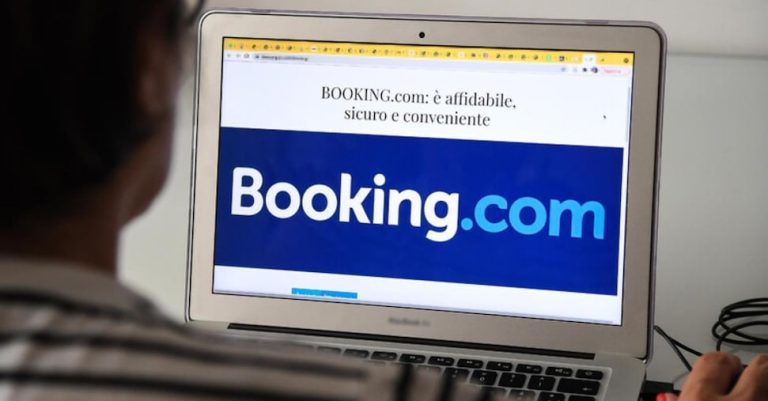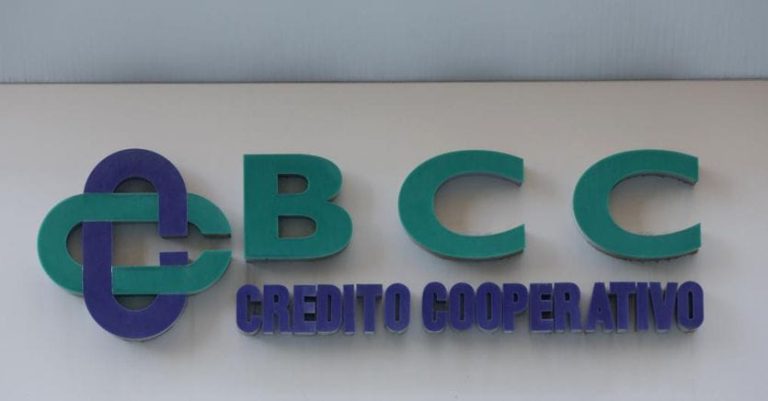Why does the new credit licence, which has been talked about for years, apply only to construction?
We are talking about a provision of the Consolidated Law 81, and of an explicit and strong request from the unions since 2021, which has never been implemented. It is a mechanism that analyzes injuries, preventing the recurrence of non-virtuous situations. Introducing it is an act of courage. It is also a concrete way to push everyone to pay attention to respecting the rules, especially in the construction sector where a particular weakness in the system has been recorded. It will be extended to other high-risk sectors in the future. I am ready to welcome improvement proposals that make the instrument even more effective and help qualify companies. The credit license will be digital, issued by the Inl, mandatory for companies with the exception of those with SOA qualification, and for self-employed workers active on temporary or mobile construction sites, which means on all construction sites. Our goal is to make the tool general, especially in sectors that involve the simultaneous carrying out of multiple work phases.
What’s new on the subject of Durc?
The intervention aims to incentivize healthy companies. Experience has taught us that the system of loss of benefits and the bureaucratic delay in issuing the Durc create incalculable damage to the national economic system. This cannot be the path. Instead, there is a need for proportionality between violation and sanction: if they regularize within the deadlines, employers retain the right to both regulatory and contributory benefits. This means safeguarding the operations of businesses and jobs. However, if the breach proves incurable, the benefits will be recovered.
One of the weak points of the control system is represented by the lack of inspectors: overall between the INL, the specific unit of the Carabinieri, INPS and INAIL, how many hires will arrive and what objective are you setting in terms of the number of controls?
The number of inspectors, and inspections, have always been small in relation to the number of companies. We are trying to make up for this ancient deficiency by also trying to equip inspectors with the tools to carry out their work as best as possible. It’s not just a question of numbers. But already with the over 800 inspectors added in 2023, we are aiming for a 40% increase in checks in 2024. We are then evaluating, together with the Ministry of Public Service, the possibility of an extraordinary recruitment on the technical roles of the Inspectorate, which however presents of the critical issues with respect to the contractual classification. In the meantime, the additional 766 entries agreed with the Pnrr Decree should bring us closer to our goal of doubling the checks. In addition to the progressive improvement of the intelligence capacity of the Inspectorate for targeted inspections, we are thus giving greater substance to supervision for the fight against irregularities.
Turning the page, are you concretely involving employment agencies and interprofessional funds in active policies to promote employability?
We aim to create jobs, not passive subsidies. The new social and work inclusion measures, with their effects on the world of work, are proof of this: they bring two worlds into dialogue, also exploiting the potential of technology, to accompany or re-accompany people in the socio-work system. A mechanism that can be improved with interventions on the territories, on the effectiveness of the courses and the classification of the beneficiaries after the assessment phase. The example is given by the revision of the GOL Programme: by the end of the month, we will send the definitive program of changes to the European Commission, sharing it with the Regions. As for the agencies, they are finally involved in this paradigm shift, even if for the moment on specific policies. The intention is to expand its use, also in view of the next European programming period and the various types of funds available. For interprofessional ones, it is time to discuss the aspects to be strengthened after the management of important projects such as the New Skills Fund. Their support can be hypothesized on forms of active politics that go beyond the purely training aspect.
What are the reasons that led you to abolish Anpal, the independent agency created in 2015, and to bring active policies back under the Ministry of Labour?
We only remedied a situation of substantial stalemate that we found, without penalizing the entire system. The birth of Sviluppo Lavoro Italia and the introduction of the mixed public-private system constitute the basis for the new season of active policies. Which are fundamental to ensure that changes in the world of work go in parallel with the updating of skills, both of those who have to enter the world of work and of those who, without upskilling and reskilling, risk ending up on the margins. In 2015, when Anpal was born, the objective was to unify labor policies by overcoming the competing State/Regions regime and operational difficulties. It was entrusted with most of the European funds intended for employment policies. But the negative result of the 2016 referendum made it impossible to achieve the statutory goal. This is why we chose to do it return the responsibilities previously entrusted to Anpal and Anpal Servizi to ministerial functionsso we have a single interlocutor to design labor policies, who will be able to count on its own in-house agency for implementation in the territories.





+ There are no comments
Add yours